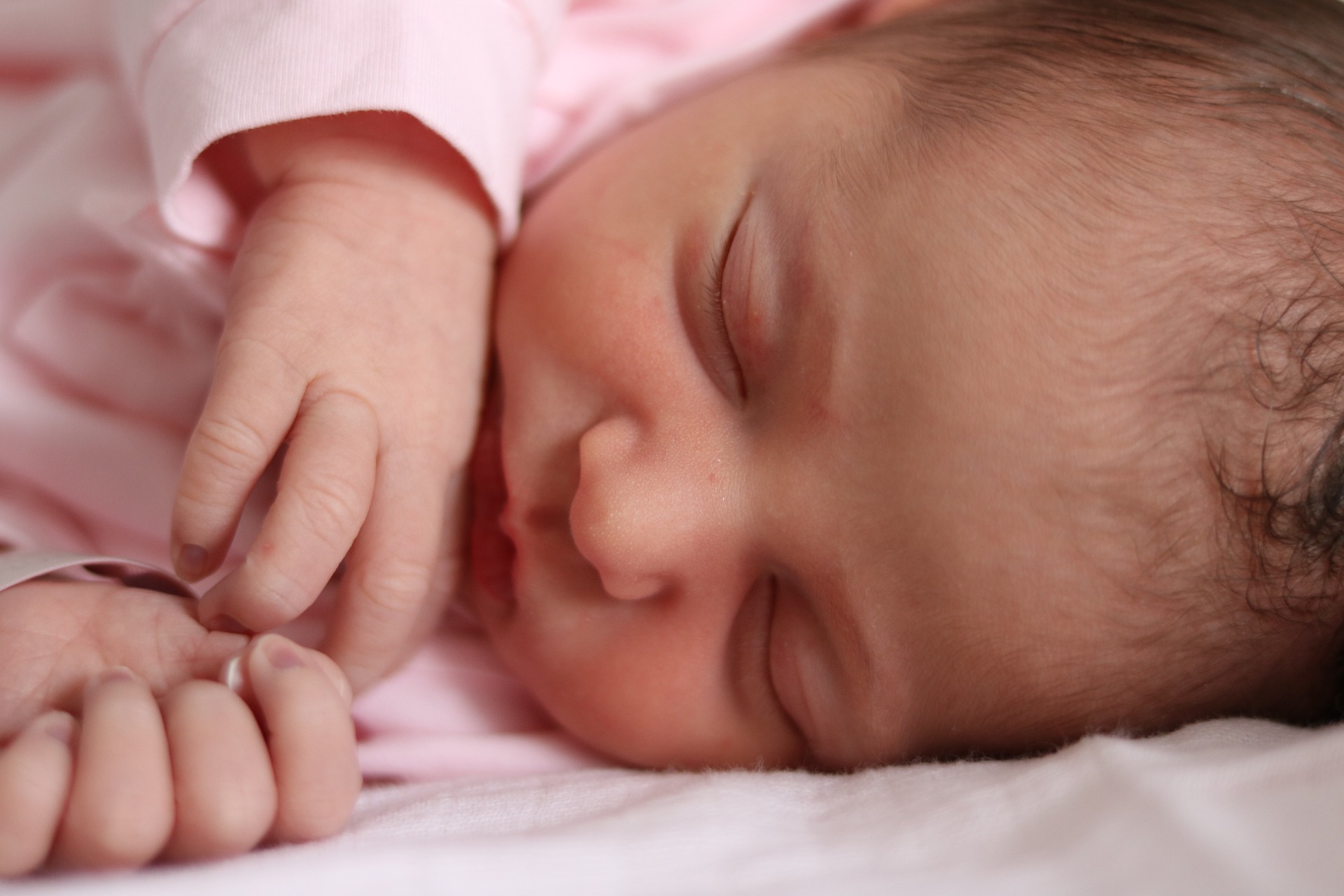

Early in life, babies born by cesarean section have different gut bacteria than babies born vaginally—instead of picking up microbes from their mothers, they take on bacteria from the hospital environment, a new study found.
The results of the study, published this week in Nature, confirm findings from previous research on newborn delivery methods and their effect on the infant’s microbiomes. “In some ways, we already knew these things,” says Meghan Azad, a research scientist at the Children’s Hospital Research Institute of Manitoba who studies the infant microbiome. “But [this study does] such a better job of proving it.” The study was particularly large—it included nearly 600 infants—and used advanced sequencing techniques to analyze the bacteria in the babies’ guts.
The study collected gut microbiome samples at various points through the first month of life from 314 babies born vaginally and 282 born by C-section, and sequenced the various types of bacteria found. The species of bacteria varied widely between individuals, and changed frequently through the first few weeks of a newborn’s life. Delivery method—vaginal birth or cesarean section—was the most significant driver of the bacterial variation early in life, and had the largest effect on the fourth day after birth. Breastfeeding also drove the variation, though to a smaller extent, as did antibiotic exposure. All three factors—feeding method, antibiotic use, and delivery route—have all been implicated in various studies over the past few years to have some effect on the gut microbiome.
In addition to sampling the microbiomes of babies, the study authors also took samples from 175 mothers and compared them to their babies. “That allowed them to show that not only is being born by C-section associated with a perturbed microbiome, but it showed nicely that this is because vaginally born babies are inheriting their mom’s microbiomes—and C-section babies aren’t doing that,” says Anne Hoen, assistant professor of epidemiology at the Geisel School of Medicine at Dartmouth. “That was the idea before, but this data nicely demonstrated that concept.”
About half of the babies delivered vaginally had high concentrations of Bacteroides bacteria, for example, which are important for immune development. Nearly all C-section born babies had low levels of Bacteroides, or none at all. On the other hand, C-section born babies saw those bacteria (and others found in vaginally born babies, like Bifidobacteria) replaced with species that are commonly found in the hospital environment—and those species were opportunistic pathogens, which can cause illnesses if the immune system was weakened. “Those weren’t closely related, genetically, to bacteria in the moms,” Hoen says. “They’re typically associated with environmental acquisitions.”
Over time, the study showed, the impact of delivery method lessened, and breastfeeding became a more important contributor to the microbiome population. Breastfeeding, then, might help normalize the microbiome. “We’ve found in our research that C-section born babies, if they’re then breastfed, their microbiome recovers quicker. You can’t change if you’ve had a C-section, and they may be unavoidable, but you could encourage and support moms to breastfeed,” Azad says.
Eventually, the microbiomes of C-section babies shift to better match those of vaginally born babies. But the period of time when they were different is still significant, Azad says. “Disrupting the microbiome in the early period could have long-lasting impacts, even if it normalizes. That’s when the immune system develops.”
This study did not look at the health outcomes associated with the different microbiome compositions early in life, but it serves to direct future research questions in that area. “There’s a potential for this to have public health implications—but the study has to be done to find out what the consequences of C-section and perturbation in the microbiome are for long term health,” Hoen says. “All the building blocks are coming into focus.”
But it’s important to note, she says, that babies born by C-section don’t grow up to be dramatically different than babies born vaginally, and that the procedures can be critical. “C-sections can be life saving operations. Babies born by C-section do well. There aren’t serious health effects with being born by C-section, though there are subtle ones in the population. There’s a difference in risk for allergy, but by and large, it’s very likely to be safe in any individual.”
Understanding those subtle differences can be helpful, though, because the microbiome is modifiable. “We’re interested in how we can take exposures like birth, understand how they shape the microbiome, and understand how that can shape health”—and intervening at any point in that pathway might be able to change someone’s risk for certain health outcomes,” Hoen says. “It’s a target we can leverage to work better for us.”